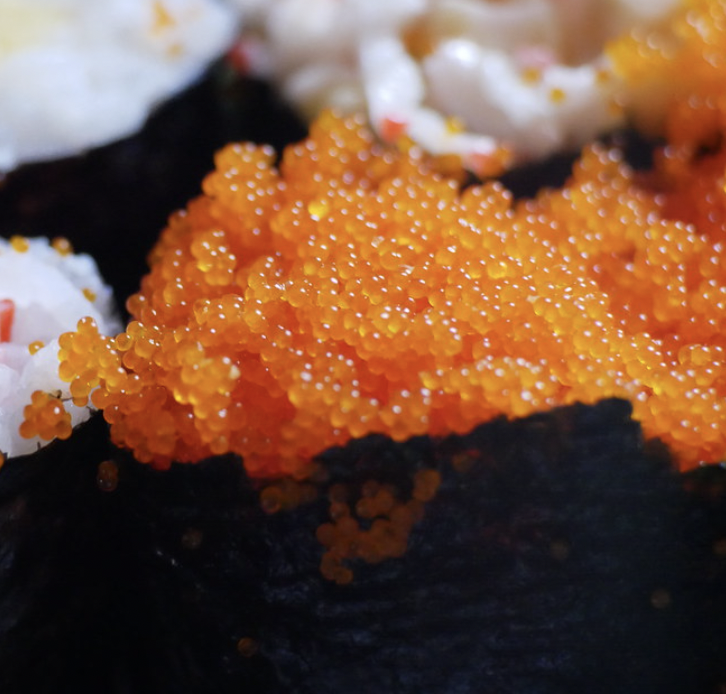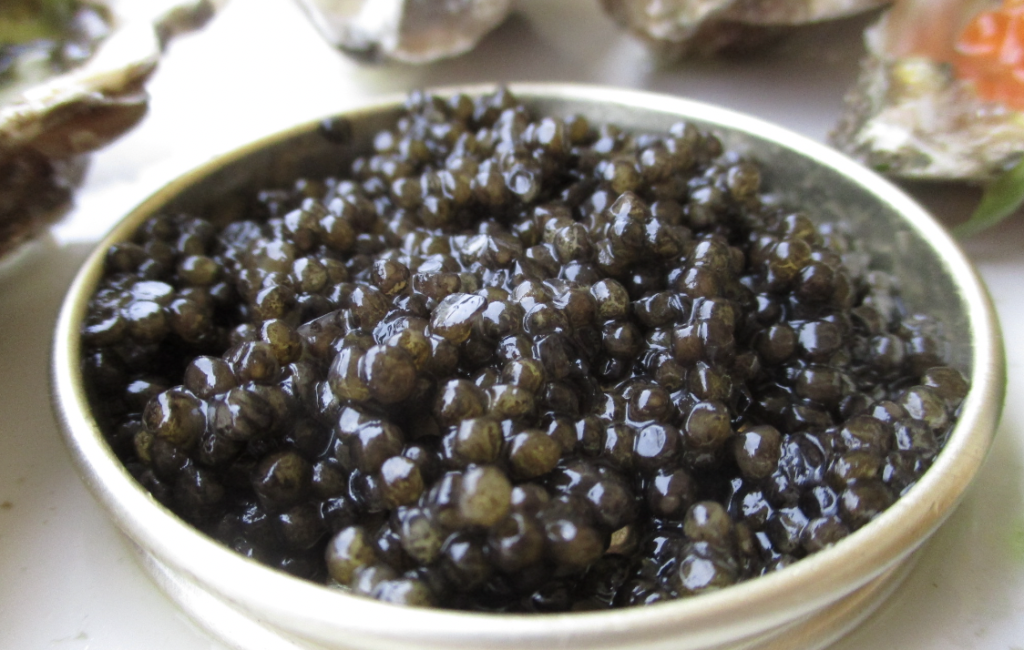Masago are the edible eggs of the capelin fish, a small forage fish belonging to the smelt family, which thrives in the cold waters of the Arctic, North Atlantic, and North Pacific Oceans. Esteemed for its briny flavor and crunchy texture, masago is a popular ingredient in Japanese cuisine, most notably as a garnish on sushi rolls and sashimi.

Nutritionally, masago packs a punch despite its diminutive size. It’s an excellent source of high-quality protein and omega-3 fatty acids, crucial for heart health, brain function, and reducing inflammation. Masago is also rich in vitamins and minerals, including vitamin B12, which is vital for nerve health and the production of DNA, and selenium, a powerful antioxidant that supports immune function and thyroid health.
With its low calorie and high nutrient profile, masago can be a healthful addition to the diet for those looking to enrich their nutritional intake, particularly in the context of a balanced diet focusing on heart health and brain function.
Masago, roe and caviar are all types of fish eggs prized for their unique flavors and textures, but they differ in several key aspects. Roe is a general term for fish eggs, encompassing a wide range of species and sizes, while masago specifically refers to the small, orange eggs of the capelin fish. Caviar, on the other hand, is the highly prized eggs of sturgeon, known for their larger size, delicate flavor, and hefty price tag. While roe and masago are commonly used as toppings on sushi and other dishes, caviar is often enjoyed on its own, served with blini or crackers. Despite these differences, all three offer a burst of briny flavor and are rich sources of protein and essential nutrients, making them coveted delicacies in the culinary world.

Leave a Reply